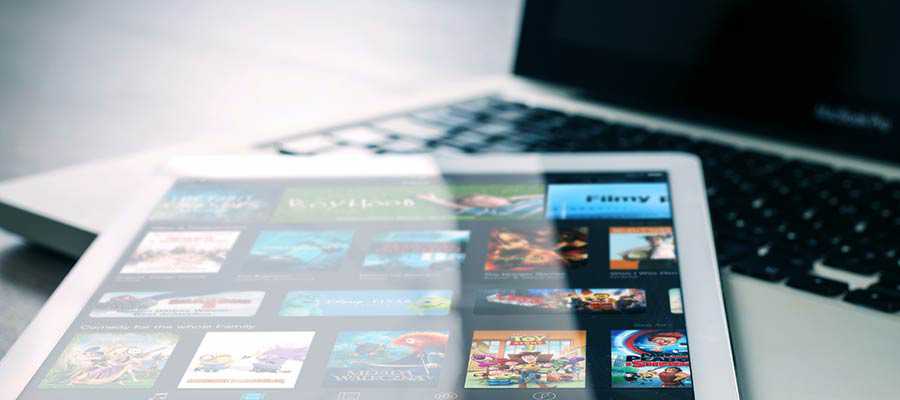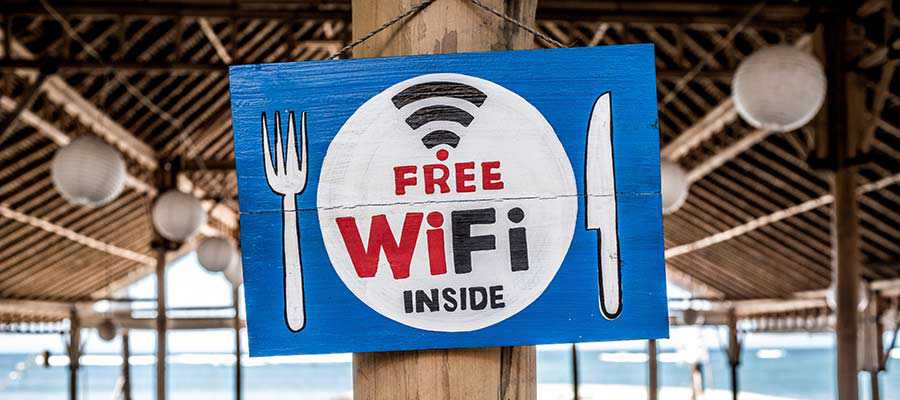The ability to work from virtually anywhere is one of the true benefits of being a web designer. It affords us the freedom to get out of the office and still remain productive. And it might even be a way to boost creativity.
Some freelancers take advantage by hitting the road and setting up shop wherever they happen to be. Location doesn’t matter so much as making time to get things done. If it suits your personality, it may just be a new way of life.
But even if you aren’t ready to commit to a fully nomadic existence, working on the go is still valuable. It can come in handy when a work situation arises during vacation or if you have to unexpectedly leave the office for a period of time.
That’s all well and good. But it’s not just a matter of getting up and going. It’s important to prepare for the inevitable bumps that come along with working on the road. Below, we’ll share some ideas for making the most out of the experience.
Keep Your Favorite Apps (or Alternatives) Within Reach
Access to a laptop computer or tablet device is a must-have. And you’ll want to load it up with your frequently used apps.
Besides a web browser, you’ll want to think about the other key software that helps you get things done:
- Code editor;
- Communication apps (chat, email, etc.);
- FTP client;
- Image editor;
- Local development environment;
- Office suite;
That sounds simple enough. But apps can be a bit tricky, particularly if you use commercial software. Some licensing may only allow you to legally install an app on a single device. Or it may only be available on select operating systems. If your laptop or tablet doesn’t fit within these parameters, you may be out of luck.
However, web design is a field where there are a number of different software options. If you don’t have a license to use your favorite code editor on a second device, you can always find an open-source alternative.
The same goes for photo editors. For times when Photoshop isn’t available, you might be able to get by with a tool such as GIMP or even a browser-based solution.
Don’t want to pay for that expensive office suite? The free Libre Office package can open all of your text documents and spreadsheets without the extra cost.
The goal is to have a collection of apps that will mimic what you have in your office. This will enable you to take care of whatever work comes your way while on the road.

Bring along Your Logins
The web is nothing if not complicated. The average person likely has dozens of logins to remember. And web designers? Well, that number can easily hit triple digits.
Accounts for third-party service providers, web hosting, and content management systems (CMS) can pile up rather quickly. It’s more than most humans can possibly remember.
This is what makes password management apps so attractive. A good one will securely store your various logins and allow you to take them with you across devices. For example, that means the same usernames and passwords you have saved on your desktop device can also be accessed via your phone or laptop.
It’s an absolute necessity if you plan on doing much work outside of your office. Being caught without a particular login can become troublesome if a change has to be made immediately.
There are plenty of apps that provide this functionality. But if you’re looking for something super-simple, both Chrome and Firefox have them built right in. They’re connected to your account with either Google or Mozilla, respectively. Thus, signing in on a new device will give you access to all of your saved logins.
You’ll also want to take note of anything you need to satisfy any two-factor authentication (2FA) requirements. Quite often, this is your phone. But it could also be an email account or something a bit more obscure.

Have Multiple Connectivity Options
It seems like traveling and spotty WiFi service goes hand-in-hand. For instance, you might book a hotel that promises free connectivity. Only when you get there, you find that broadband speeds cost extra – if they’re available at all.
Some places are even worse. This writer once spent a weekend at a campground where a sloth-like connection hung like a dark cloud over everything. Streaming wasn’t possible, and even email took minutes to load. It’s great if you want to go off-the-grid. Otherwise, it’s a disaster.
When possible, it pays to have more than one option for internet access. That could be as simple as gathering a list of local coffee shops that have WiFi.
You might also opt for a mobile phone plan that includes hotspot functionality. It may not be perfect, but it could become a lifeline to productivity.

Stay Secure
Security needs don’t decrease just because you’re on the road. They’re just as important as ever. Therefore, you’ll want to take steps to keep both your devices and data safe.
First, keep your devices in a secure location (like your backpack or a locked hotel room) and password-protect them. The last thing you want is for a curious stranger to see your laptop lying around and have instant access to your system. Even a small barrier like a password can be the difference in whether your data is exposed.
Security software is also vital. Both antivirus and anti-malware apps can help protect your device from the risks of an open WiFi network. Speaking of which, it may be worthwhile to invest in a virtual private network (VPN) service to wall off your connection from potential dangers.
Lastly, be careful about where you decide to work. If you’re dealing with sensitive information, find a private space away from prying eyes. Most people are good, but do you really want to take a chance?

Web Design, Wherever You Are
Being away from the office doesn’t mean that you have to sacrifice productivity. In fact, web design and development can be done from anywhere you have internet access.
To do it right takes preparation. You’ll need a high-performing device loaded with the apps you’ll need to perform a variety of tasks. A way to access and manage all of those pesky logins is also a necessity.
Beyond that, plan for both connectivity and security. Ensuring that you’ll have a number of ways to get online is vital to getting things done. That being said, it’s also important to protect your data from falling into the wrong hands.
Put it all together and you have the freedom to work in a way that suits you. Establish a solid routine, and your clients may not even know the difference.
The post A Web Designer’s Guide to Working on the Go appeared first on Speckyboy Design Magazine.
